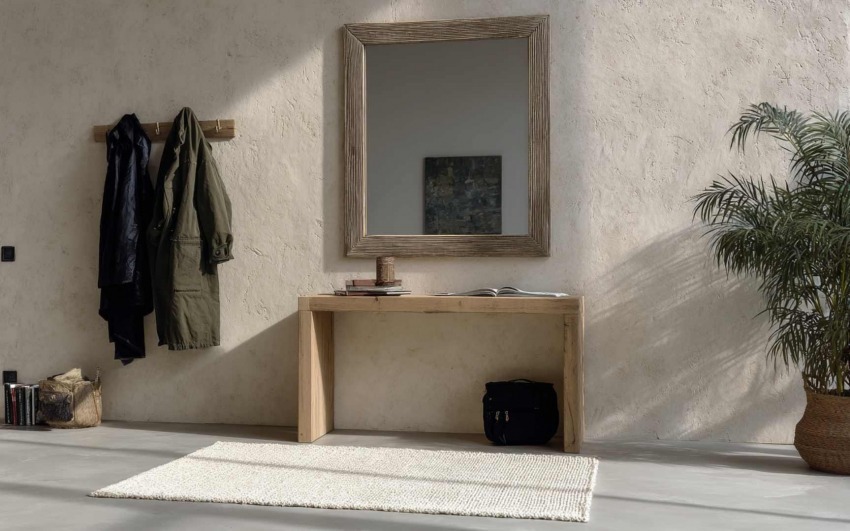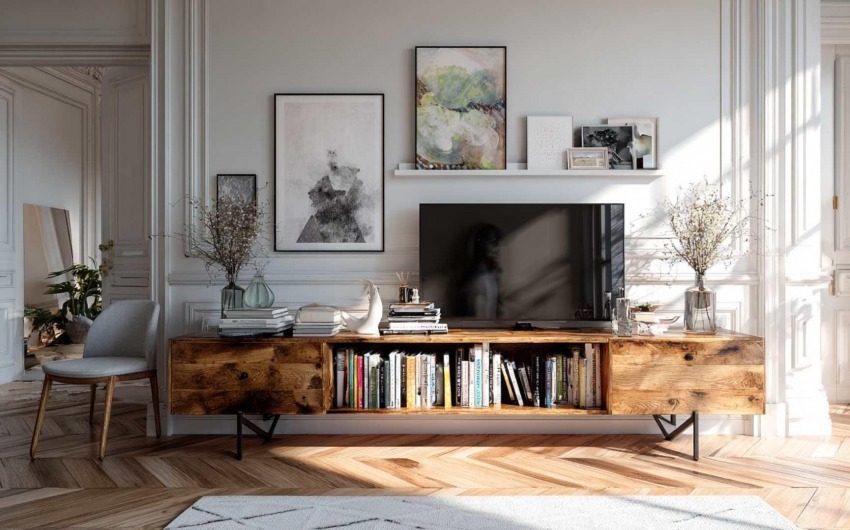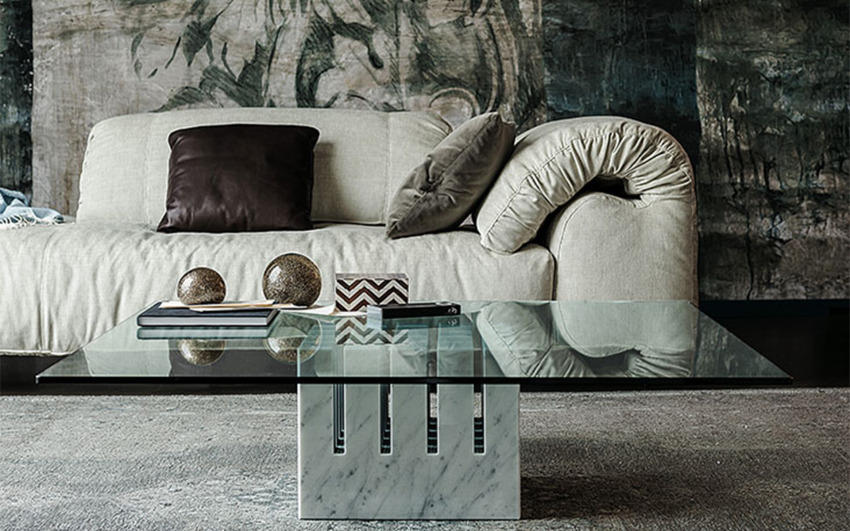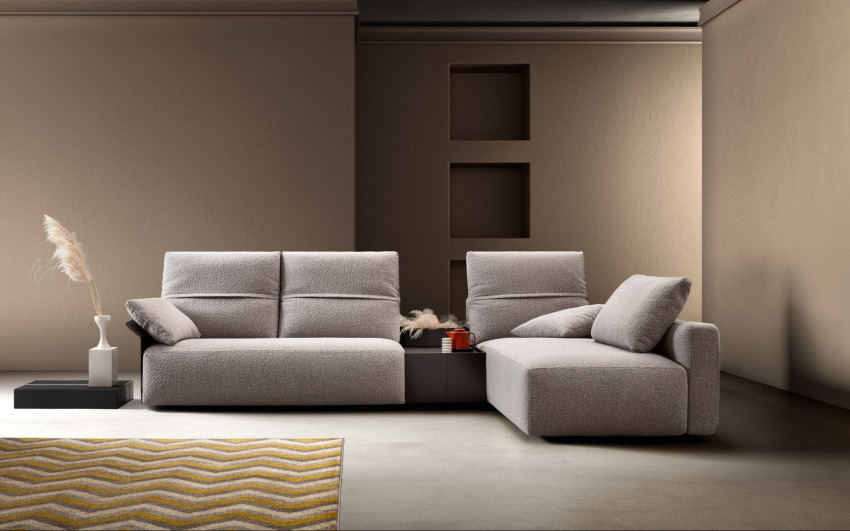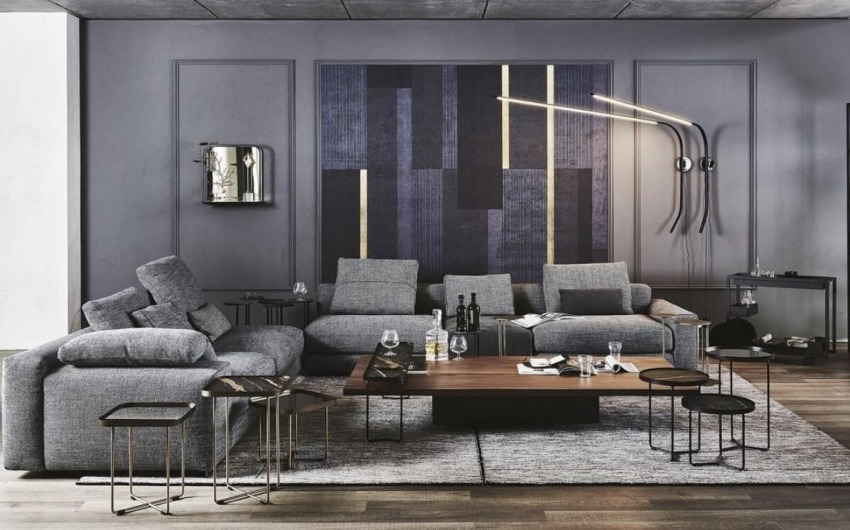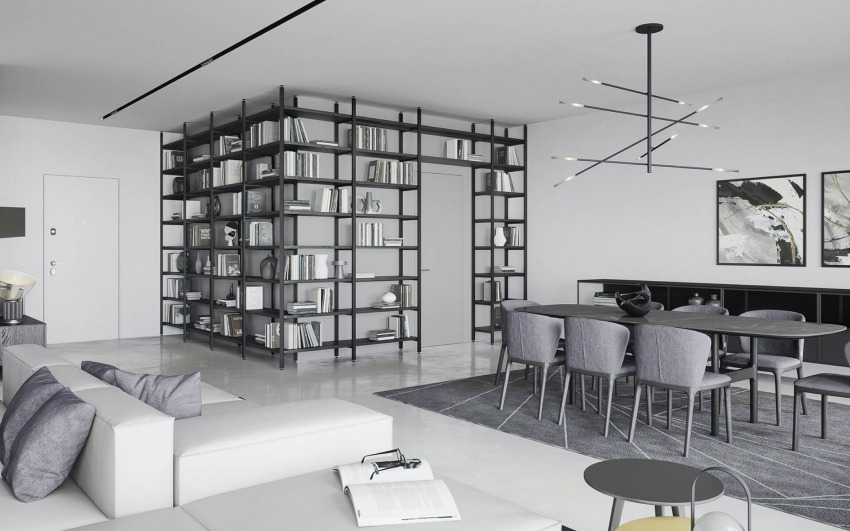1/15/2021
The company
Amini is a brand of ABC, Amini Brothers Company, created in 1962 by Sultan Amini. A unique reality in the interior design sector thanks to an advanced and dynamic structure, ABC can design, build and market any carpet: from handmade to mechanically processed products; from contemporary to refined limited edition artist's rugs; from "made to measure" to large-scale supplies. An incredible offer, made possible by an efficient and tested organisation, with production centres in various countries, from Nepal to India, from Afghanistan to Turkey and Morocco: places where carpet weaving is still an expression of local culture.
Rugs have always been used as a furnishing element that gives character and personality to a flat, thanks to their warmth and patterns.
A wide range of different patterns, materials and fabrics allow you to create the right atmosphere for your home.
Whether you are looking for a carpet for the living room, bedroom or transition areas, it is good to know the carpet structure and the different techniques for making it to make an informed choice at the time of purchase.
The structure of the carpet
The load-bearing part of the carpet, the part that acts as the skeleton, is the warp. This part must be as precise as possible to avoid bumps and curves when the work is finished. This is where the weft of the carpet passes through.
The warp is hidden from the weft, and the only part that remains visible is the fringe. A curiosity about the fringes depends on the type of knot in the threads; we can recognise the rugs' origin.
The last structural element we would like to point out is the pile. It is completed after shaving, serves to bring out the carpet patterns, and should be uniform and not too high.
Implementation techniques
- Handmade Oriental-style carpets
It is the handicraft work par excellence; it requires a lot of time and allows the creation of unique, unrepeatable pieces. It is made on a vertical or horizontal loom, where knots are created around the warp threads. There are different types of knots, and each one lends itself to creating individual styles and designs; among the most popular knots are Turkish, Persian and Tibetan.
- Hand-tufted carpets
The name derives from the English "tufted", which means precisely ornamented with tufts, and represents a Chinese origin technique that arose from the need to mass-produce a large number of high-quality reproductions.
It is still a handicraft process, but there is already a drawn grid divided according to colours here on the loom. Based on this grid, the craftsman with a unique tool inserts the fabric stitches, without knots. Once the work is finished, glue is applied to the back of the carpet, and then a lining is used to create the new structure of the rug.
An example of this process is the JC-Island model, made from the finest wool from New Zealand.
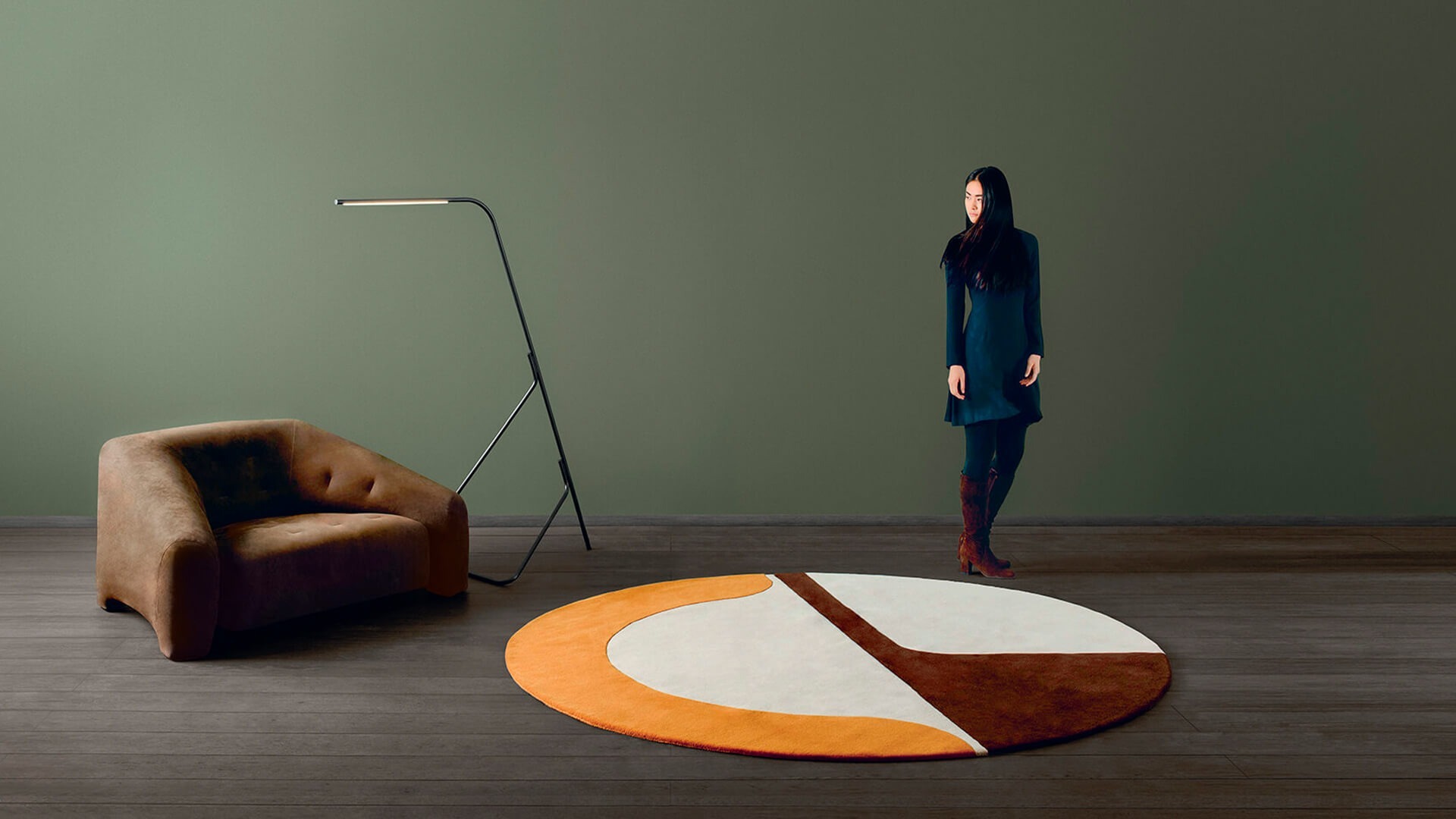
- Kilim carpets
Also handmade, these carpets are characterised by their reduced thickness and geometric or stylised designs. The loom is still used, but this time without knotting the wool thread. The thread is moved horizontally until a particular colour is required, after which it is cut without creating any thickness.
- Machine-made carpets
Thousands of threads are inserted into a large mechanical loom, and the carpet is produced fully automatically. In the end, they can be completed with borders and fringes.
Implementation materials:
- Natural and traditional: wool, silk and cotton
Deep Nuance, re-proposes the materiality of stone thanks to the skilful processing of silk.
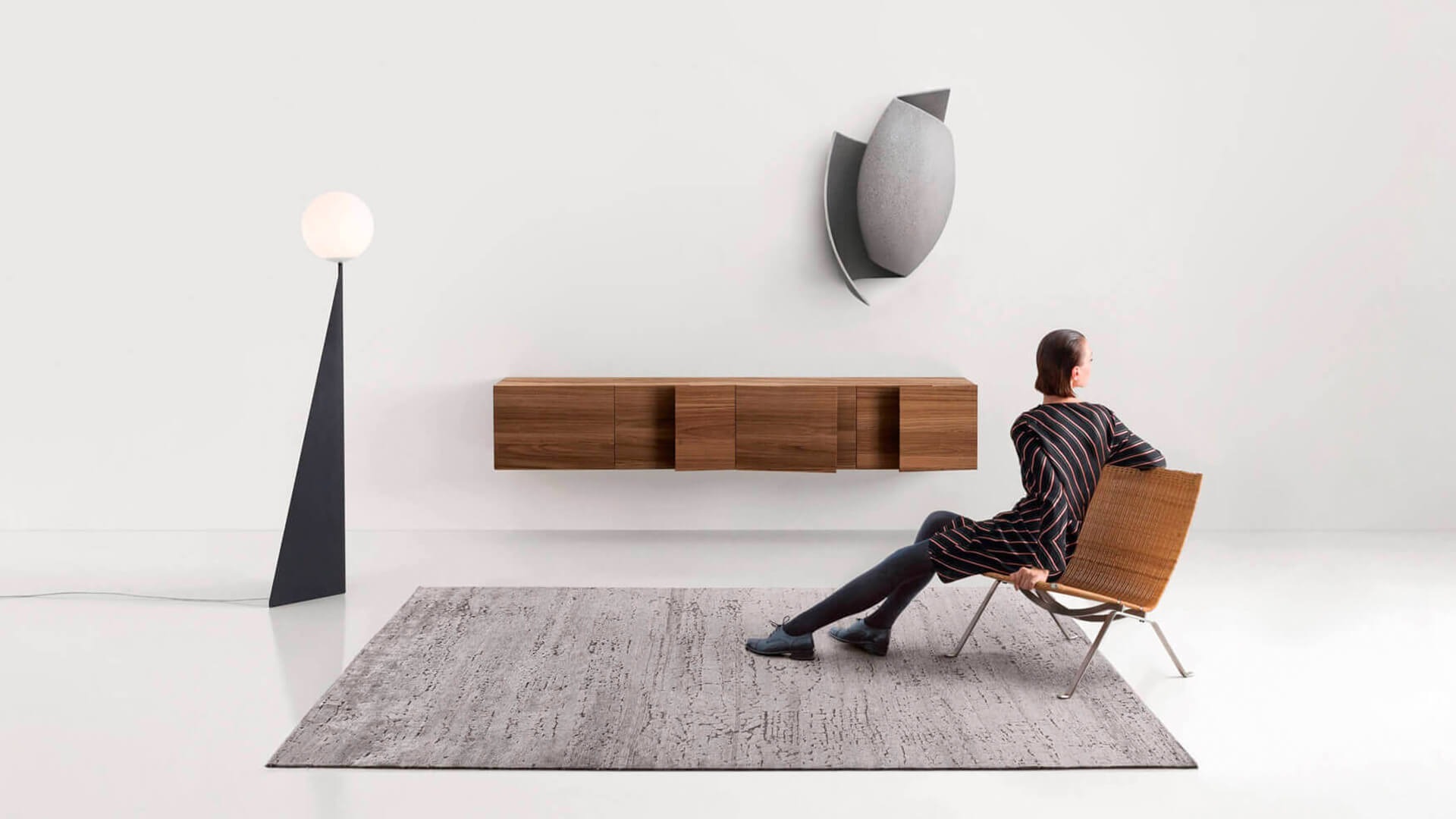
- Natural and innovative: hemp, jute and sisal, viscose
The Nema Righe carpet is a beautiful example of a rug made of hemp. With 20% wool - The processing technique, in this case, is hand weaving in soumak process.
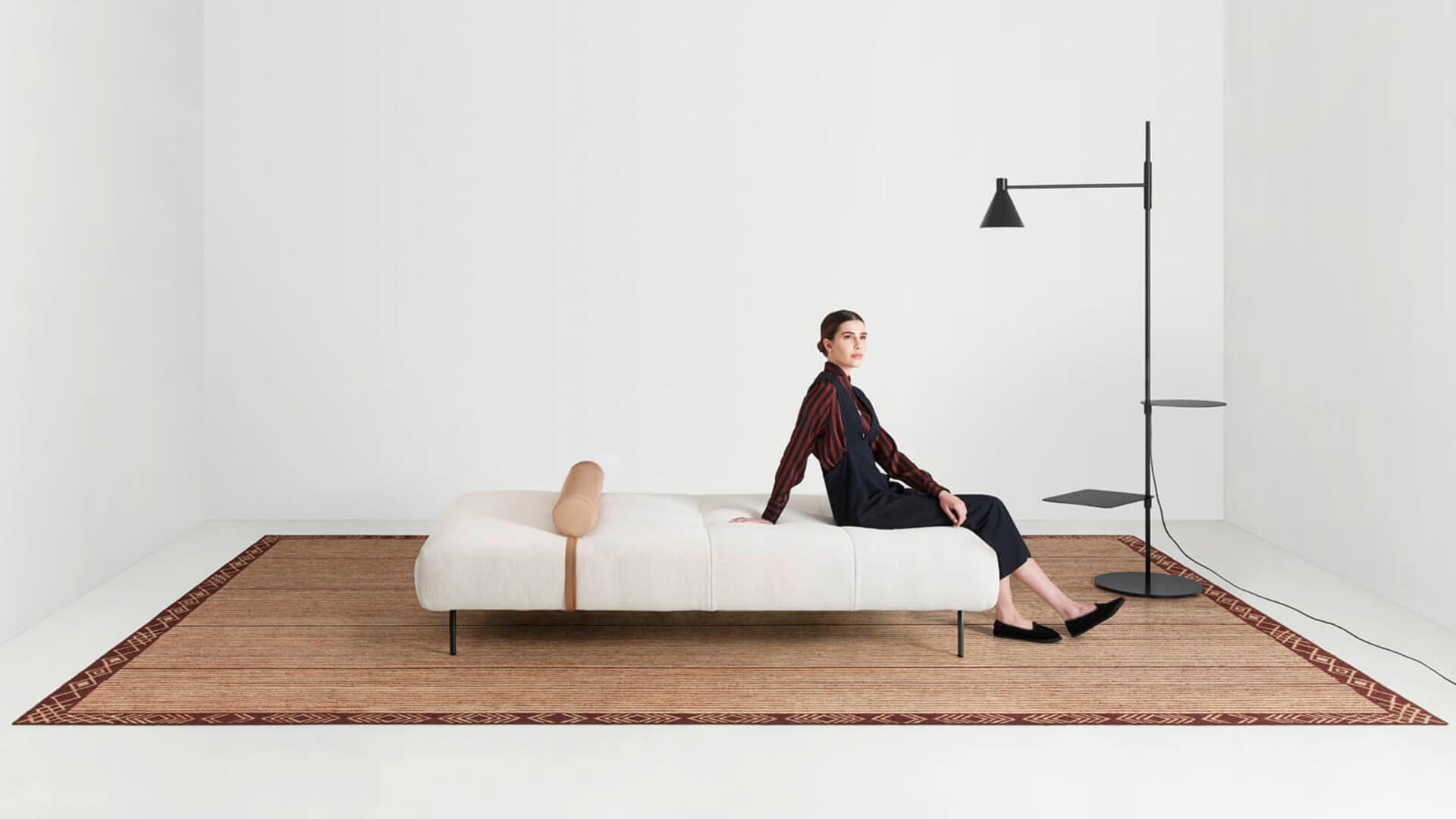
Wool and silk are undoubtedly the most valuable materials, perfect for elegant and sumptuous environments, but they require special and careful care and maintenance. Synthetic materials, certainly less useful, are less delicate and therefore more resistant over time. Amini uses only natural materials, from the most traditional to the most recently used, combining and working together with different materials for unique patterns and rare reproducibility effects.
One example is the Ventaglio series. Rugs made from 73% wool and 23% silk, traditional in their manufacture (hand-knotted), innovative and modern in their shapes.
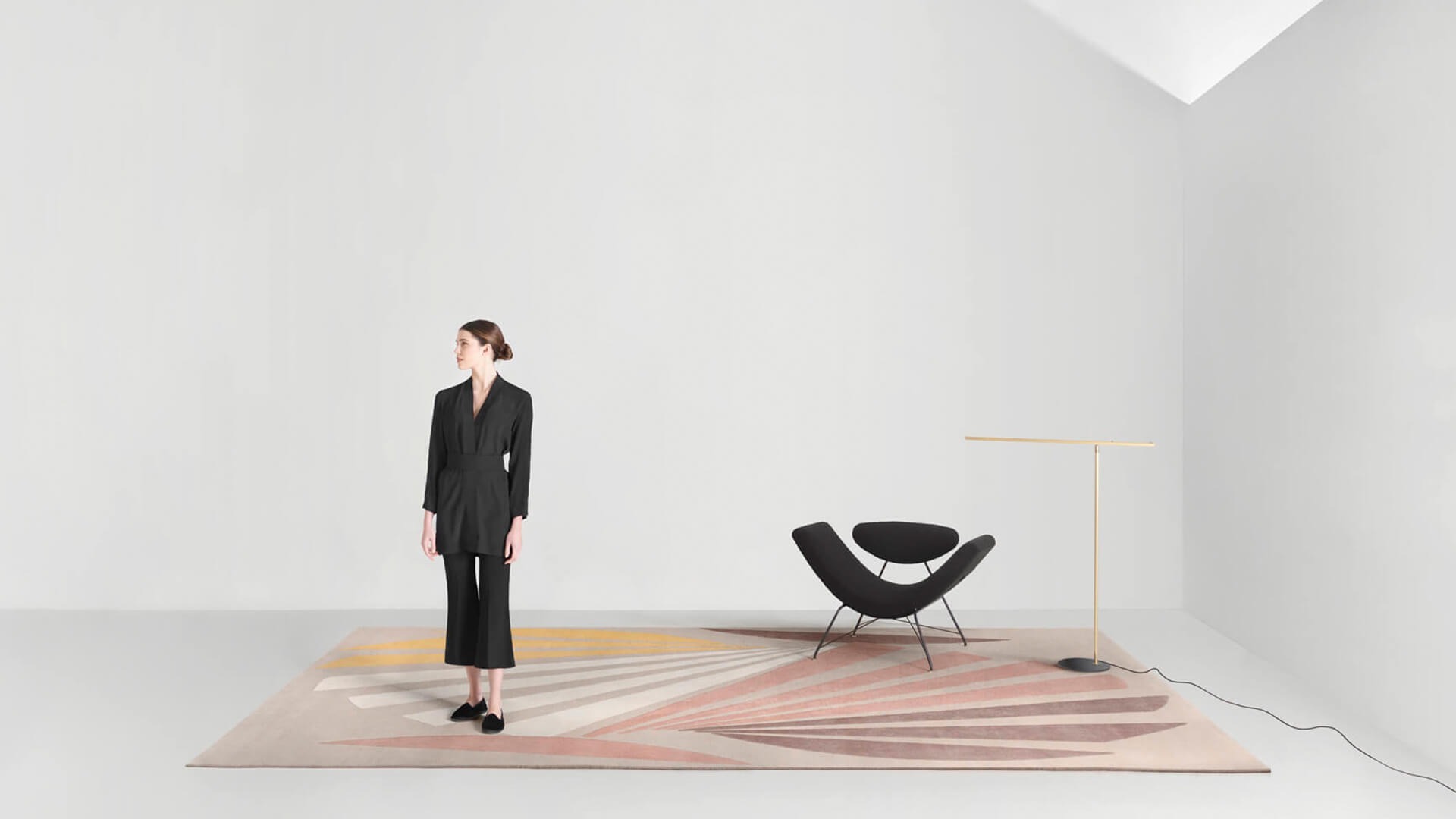
As we have seen, carpets are a true artistic expression, so why not use them as wall art in your own home?
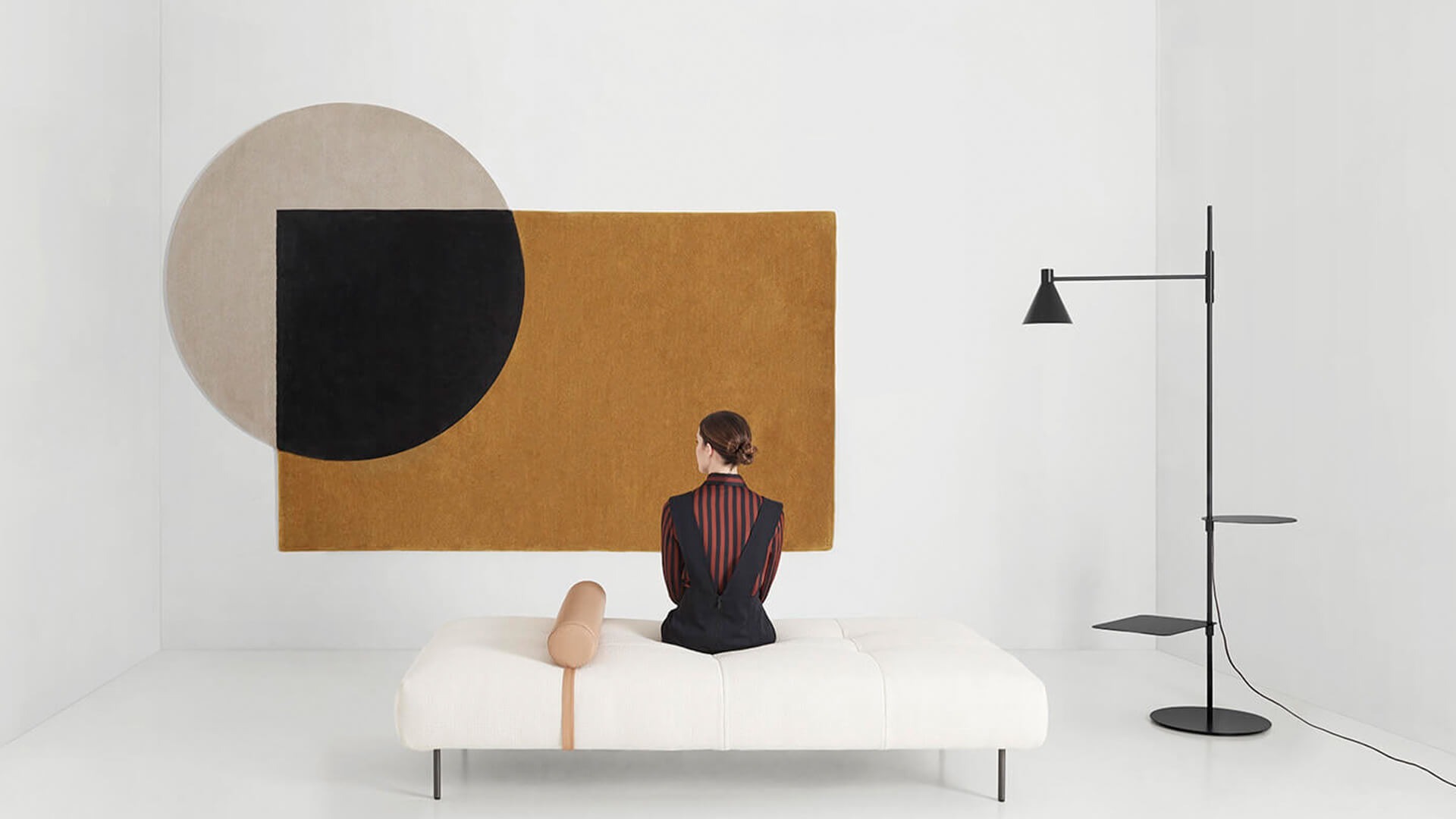
Now that you have discovered the fantastic world of carpets, their craft and ways of using them, all you have to do is choose how to give your flat character through carpets.
See the Amini Carpets proposals on our website
_14077b47db_23.jpg)
Interior Designer since 1985
CEO & Founder, Italian Design in the World
